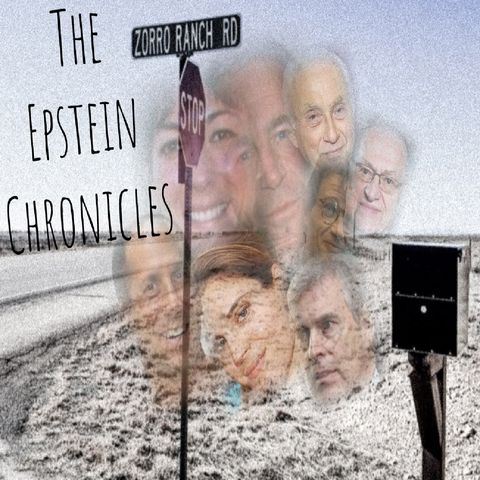Missiles for Meth: Cartels and the Black Market in War-Torn Ukraine (7/1/24)

Sign up for free
Listen to this episode and many more. Enjoy the best podcasts on Spreaker!
Download and listen anywhere
Download your favorite episodes and enjoy them, wherever you are! Sign up or log in now to access offline listening.
Missiles for Meth: Cartels and the Black Market in War-Torn Ukraine (7/1/24)
This is an automatically generated transcript. Please note that complete accuracy is not guaranteed.
Description
The trafficking of weapons meant for warzones often involves complex networks of arms dealers, corrupt officials, and organized crime groups. Here's a summary of how this process generally unfolds:Acquisition -...
show more- Conflict Zones: Weapons are initially acquired from conflict zones, where they are often plentiful due to ongoing wars or civil unrest.
- Military Surplus: Arms dealers obtain surplus weapons from military stockpiles. These might be obsolete or excess to the needs of the armed forces.
- Black Market: Weapons can also be sourced from the black market, where they are sold illegally by corrupt military personnel or officials.
- Smuggling Routes: Arms dealers use established smuggling routes to transport weapons. These routes often overlap with those used for drug trafficking.
- Bribes and Corruption: Bribes are paid to corrupt border officials, customs agents, and police to facilitate the smooth transit of weapons across borders.
- Disguised Shipments: Weapons are hidden in shipments of legal goods, such as food or machinery, to avoid detection.
- Criminal Networks: Weapons are sold to organized crime groups, gangs, or other non-state actors. These groups use their existing distribution networks to move the weapons further.
- Drug Cartels: Arms dealers often trade weapons directly for drugs. This is particularly common in regions where drug cartels operate, as they have both the resources and the demand for firearms.
- Barter System: In some cases, weapons are bartered for other illicit goods or services, including drugs, making it a mutually beneficial exchange for both parties.
- End Users: The end users of these trafficked weapons can range from gang members and drug cartels to terrorist organizations and insurgent groups.
- Profit Generation: The sale or trade of weapons for drugs allows arms dealers to profit significantly, which they reinvest into further illegal activities.
- Market Dynamics: The illicit arms market is influenced by supply and demand. As conflicts flare up or as the need for drugs increases, the trafficking patterns and prices fluctuate accordingly.
- Violence and Instability: The influx of trafficked weapons exacerbates violence and instability in both conflict zones and areas plagued by drug-related crime.
- Enforcement Challenges: Law enforcement agencies face significant challenges in tracking and intercepting these illegal arms due to the sophisticated methods used by traffickers.
About a year ago we were having the discussion about MANPADS and other shoulder fired systems falling into the hands of the cartels and the legacy media was quick to deny it. Well, like usual, it would seem as if the legacy media wasn't exactly telling you the truth. So in this episode, we are going to swim through the muck and find some clarity.
(commercial at 12:59)
to contact me:
bobbycapucci@protonmail.com
source:
Mexican cartels boast of increased firepower, including U.S. weapons (usatoday.com)
Information
Copyright 2024 - Spreaker Inc. an iHeartMedia Company
